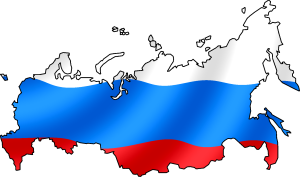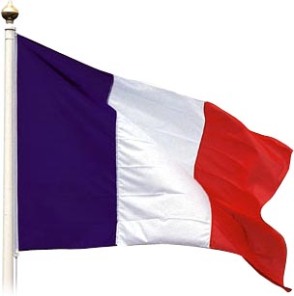Languages of the world:
Arabic is a name applied to the descendants of the Classical Arabic language of the 6th century AD. It includes the literary language and the spoken Arabic varieties.
The literary language is called Modern Standard Arabic. It is the only official form of Arabic.The spoken Arabic varieties are spoken in a wide territory stretching across the Middle East and North Africa.Arabic languages are Central Semitic languages, most closely related to Hebrew, Aramaic, Ugaritic and Phoenician.
It is official in 26 states and it is also the liturgical language of Islam. Despite of its different dialects, the modern standard Arabic is widely taught in schools, universities, and used to varying degrees in workplaces, government and the media.
This language is the only surviving member of the Old North Arabian dialect group. It is written with the Arabic alphabet, which is an abjad script and is written from right to left, although some spoken varieties use Latin alphabet.
Arabic has lent many words to other languages of the Islamic world, like Persian, Turkish, Bosnian, Kazakh, Bengali, Urdu, Hindi, Malay and Hausa. We can appreciate Arabic influence in languages such as Spanish, Portuguese, Catalan and Sicilian. Arabic language has also borrowed words from languages, for example Hebrew, Greek, Persian, Syriac, Turkish and English and French in recent times.
The major dialects groups are:
Egyptian (Spoken by 80 million people), Maghrebi (75 million people speak this dialect), Mesopotamian (Spoken by 36 million), Levantine (35 million speakers), Sudanese (30 million people), Yemeni (25 million speakers) and Najdi (10 million people).
The Arabic alphabet can be divided into two groups order.
- The original ’abjadī order (أَبْجَدِي):
| غ | ظ | ض | ذ | خ | ث | ت | ش | ر | ق | ص | ف | ع | س | ن | م | ل | ك | ي | ط | ح | ز | و | ه | د | ج | ب | أ |
| gh | ẓ | ḍ | dh | kh | th | t | sh | r | q | ṣ | f | ‘ | s | n | m | l | k | y | ṭ | ḥ | z | w | h | d | j | b | ’ |
- the newer hijā’ī order (with letters partially grouped together by similarity of shape, used where lists of names and words are sorted):
| ي | و | ه | ن | م | ل | ك | ق | ف | غ | ع | ظ | ط | ض | ص | ش | س | ز | ر | ذ | د | خ | ح | ج | ث | ت | ب | أ |
| y | w | h | n | m | l | k | q | f | gh | ‘ | ẓ | ṭ | ḍ | ṣ | sh | s | z | r | dh | d | kh | ḥ | zh | th | t | b | ’ |
Arabic is a language which lies far from English but still you may find some false friends such as:
- If you hear the word “when”(وين) in Arabic they are talking about where something is.
- If your name is Anna, you would be saying in Arabic “I” (أنا).
Here, at the University of Almería, you can find Arabic courses in our “Centro de Lenguas”
 مع السلامة. (Ma’a salama) and do not forget to like us on Facebook !!!
مع السلامة. (Ma’a salama) and do not forget to like us on Facebook !!!





